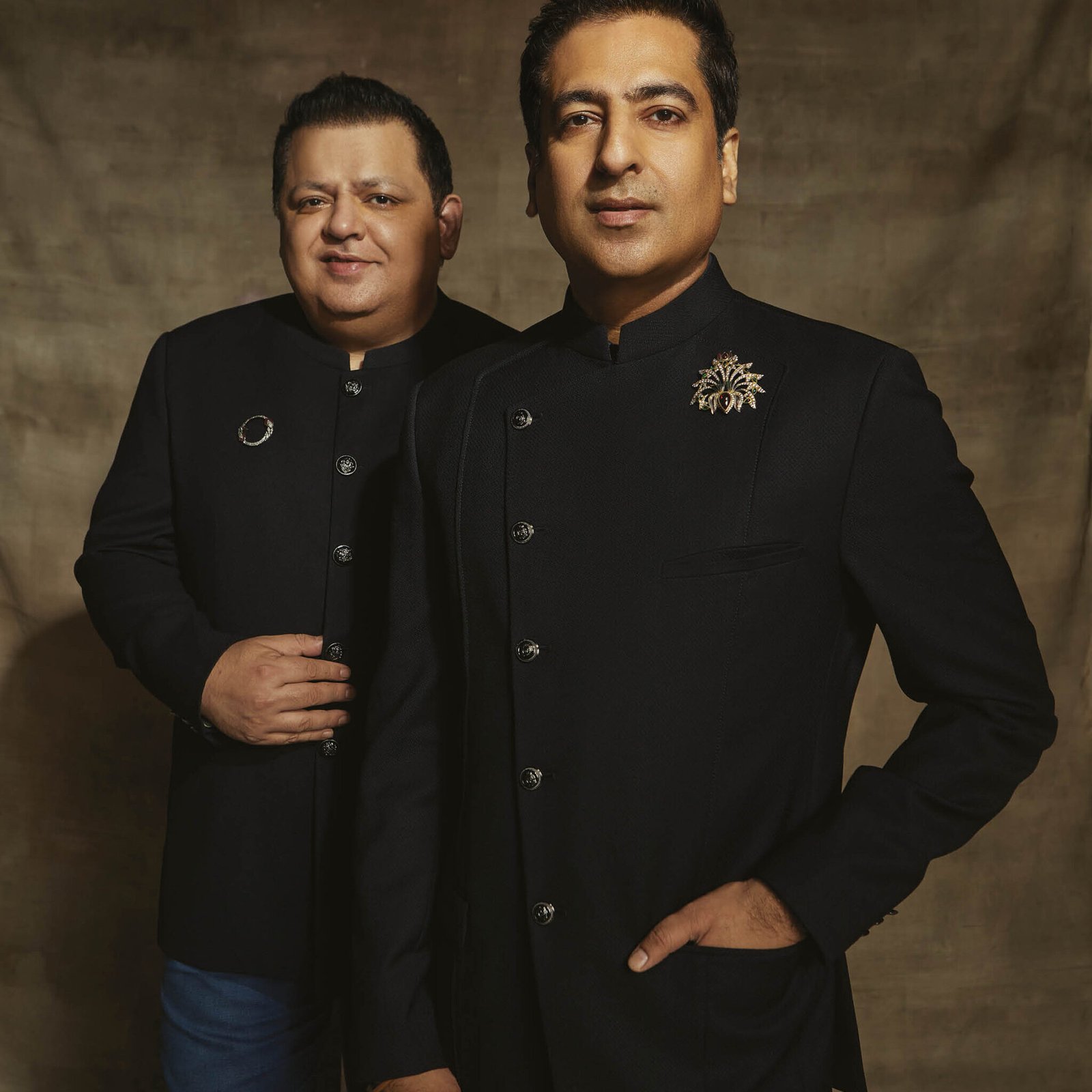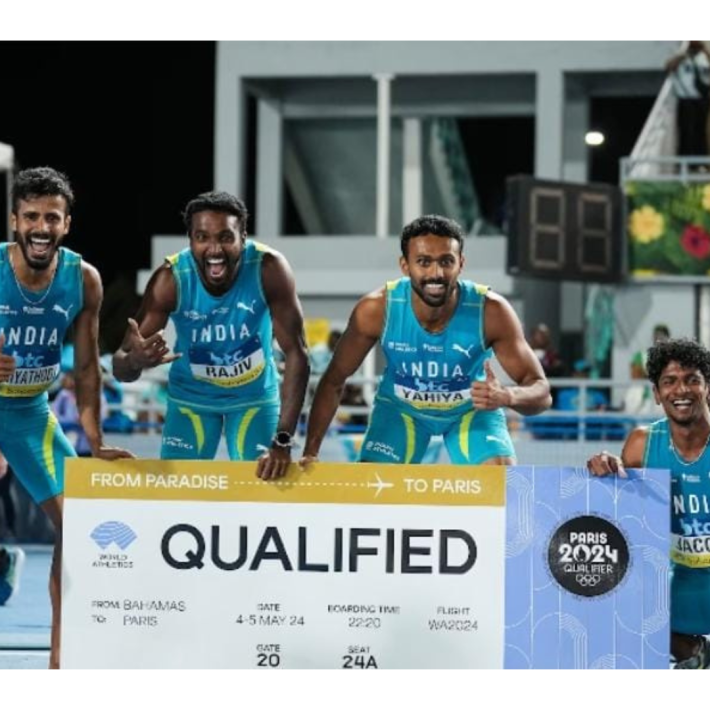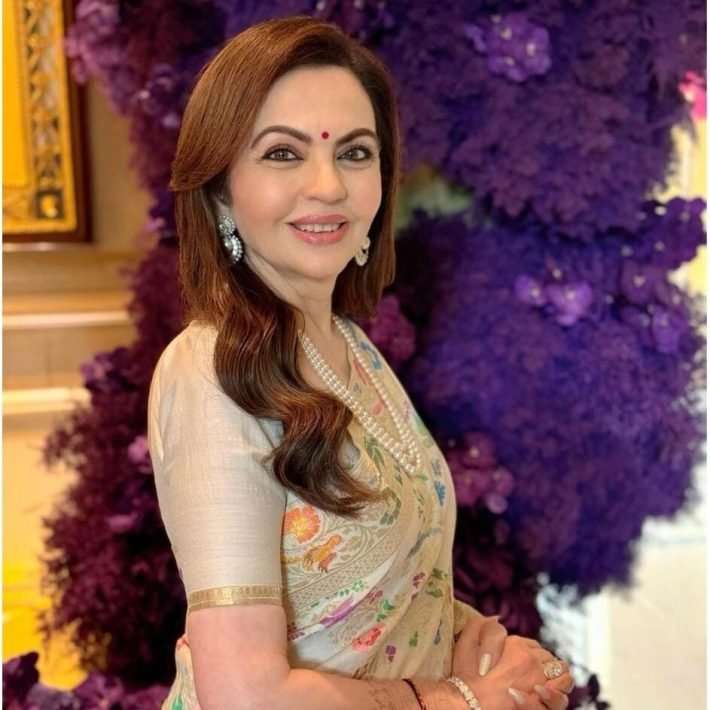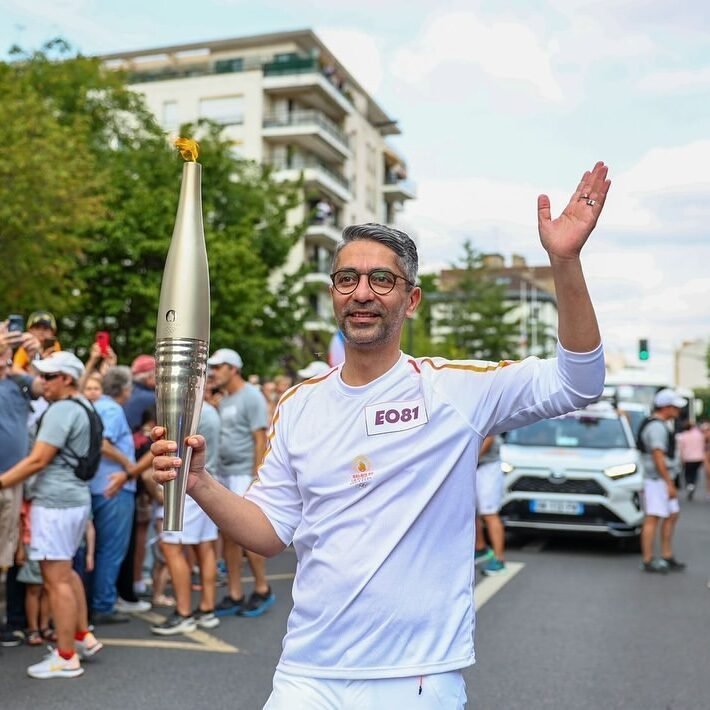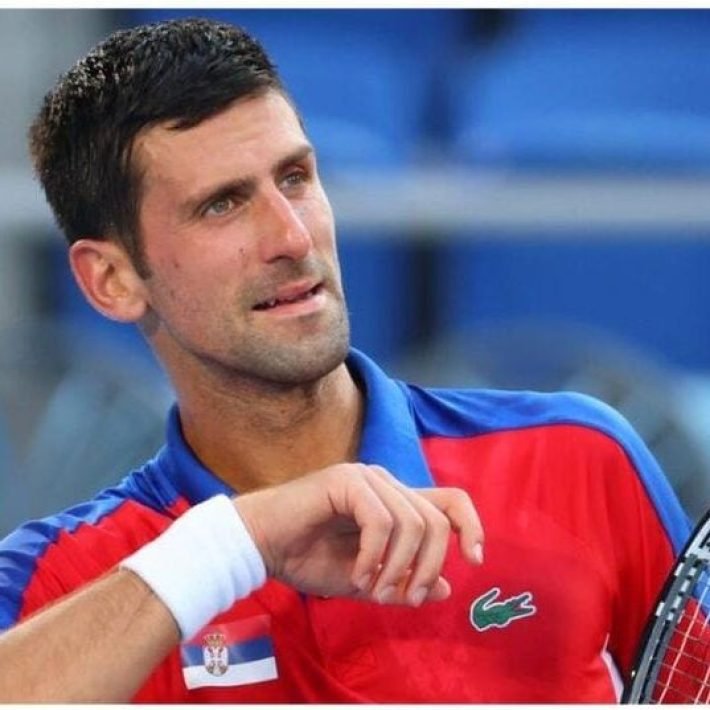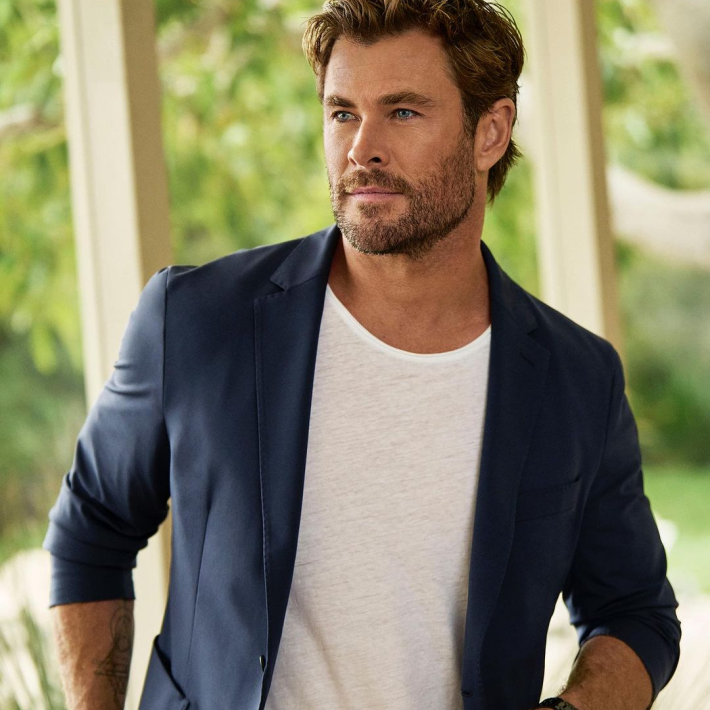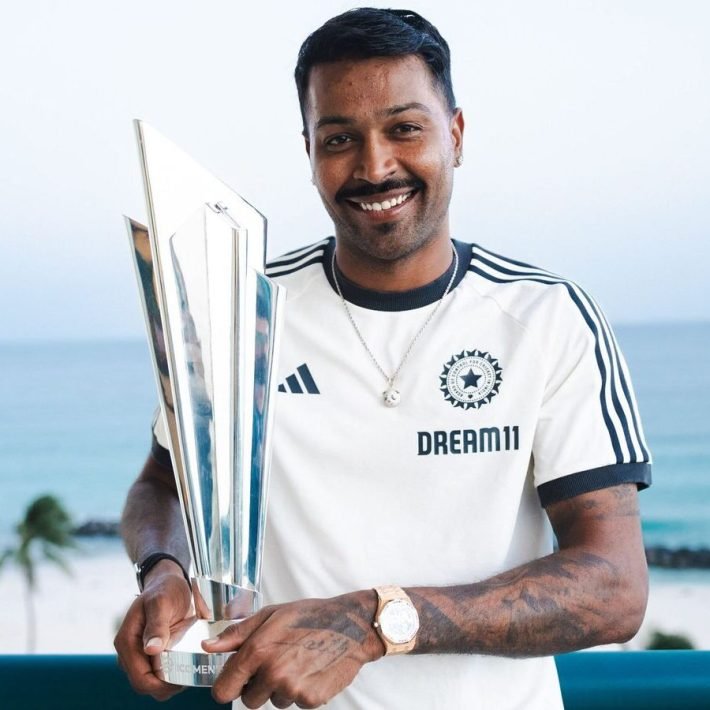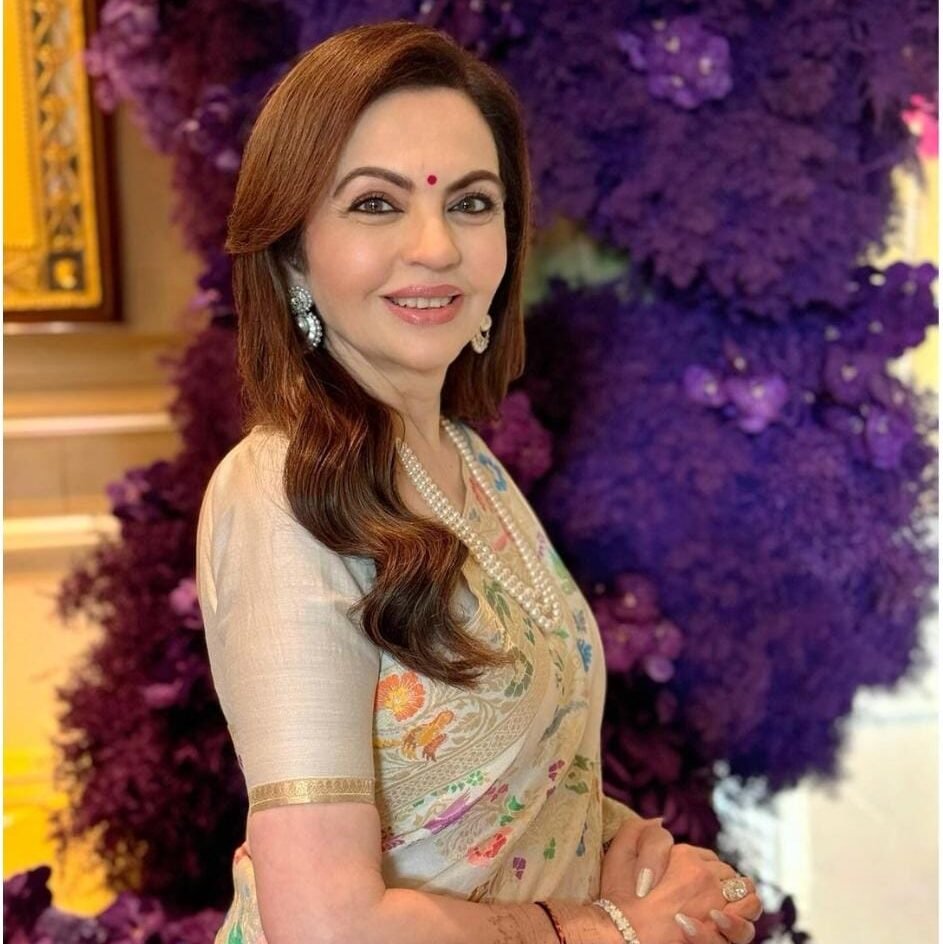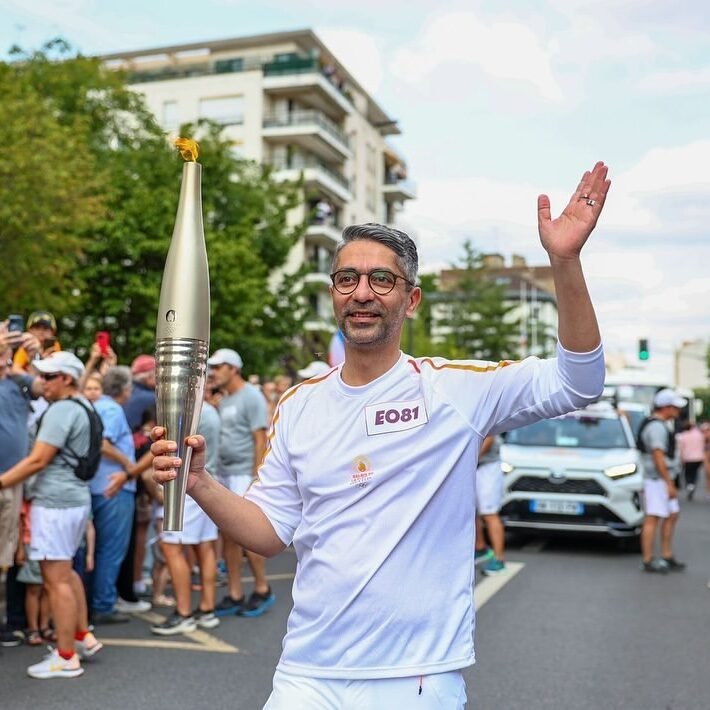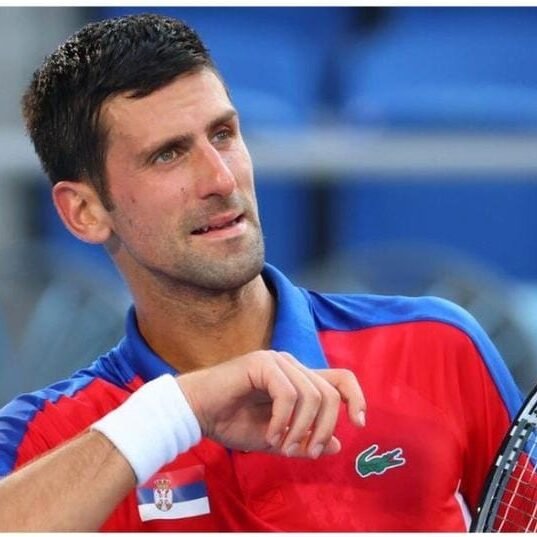Drawing inspiration from unique architectural forms, Rohit Gandhi + Rahul Khanna are synonymous with metallic tones amalgamated with modern edgy elements.
By Nichola Marie

Exemplifying contemporary designs and an aesthetic of understated red-carpet creations, Rohit Gandhi + Rahul Khanna are defined by their deconstructed silhouettes and distinctive ensembles that fall in line with the global consumer. With a signature style that encompasses surface ornamentation, metallic embroideries, subtle muted hues, and reticulated structures, it is no wonder that their designs perfectly exude mystery and glamour.
Excerpts from the interview…
Rohit Gandhi + Rahul Khanna had a stunning showing at the India Couture Week this July. It came on the heels of your debut at ICW last year. What was the experience like?
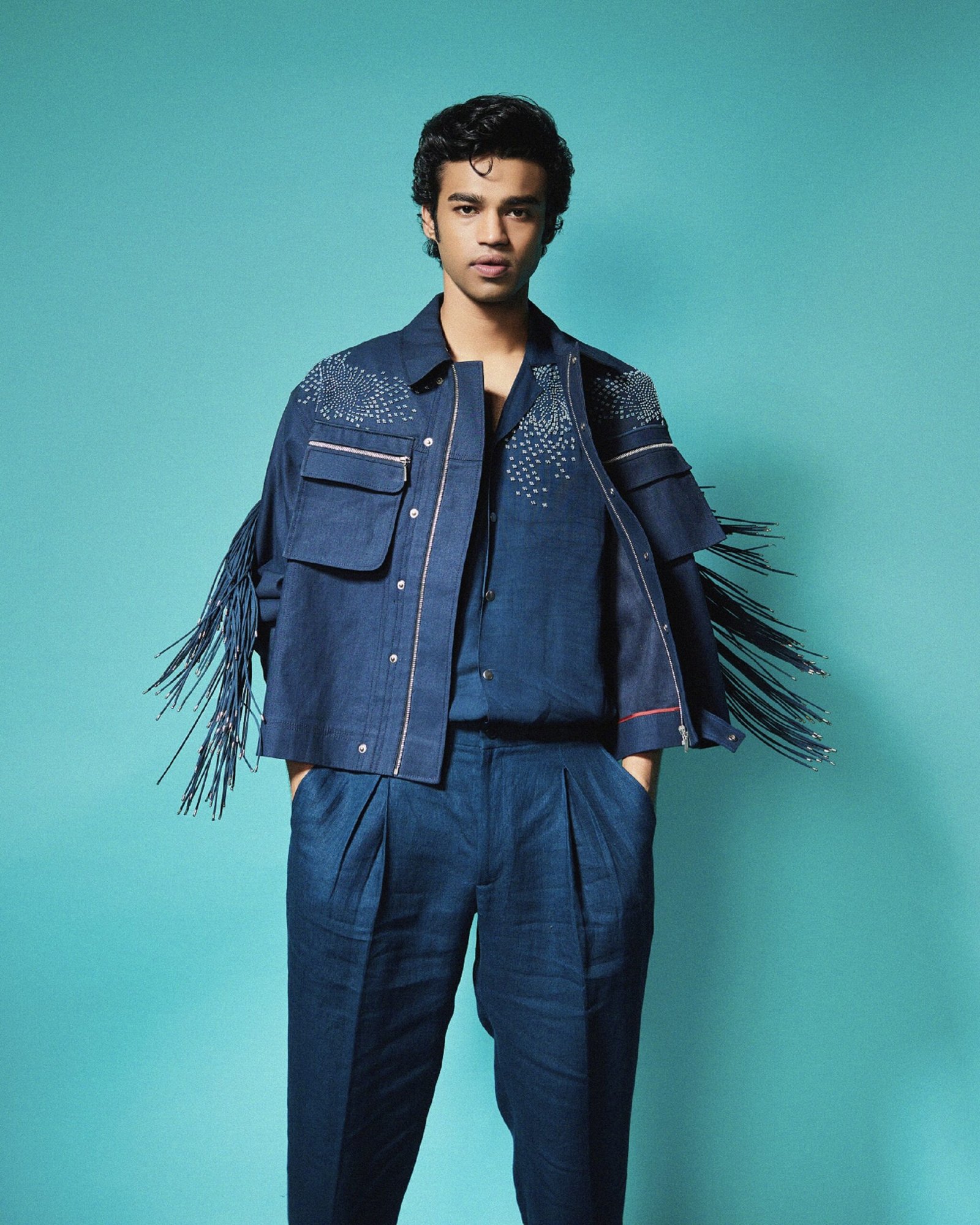
We thought of our show very differently this season. We were doing couture but, at the same time, we wanted to change the scenario because when you think of couture in India, you only think of lehengas, saris etc. But the trend is changing and people are bringing out more one-off pieces, things they want to experiment with which they previously hadn’t. Our USP is evening wear, so we did a collection that a bride or groom can wear for a special occasion; it doesn’t have to necessarily be a wedding. We were concentrating on the red carpet look, something special which maybe somebody would go in for, for their 10th anniversary or 25th wedding anniversary; a one-off. Yes, the language of couture is changing. Clothes have become a conversation starter and people need that dash of flamboyance now.

You both were founder members of FDCI. What are some of the changes that you have witnessed in the fashion industry over these 25 years?

The world has changed over these 25 years; it is a quarter of a century! We started in an era where there was no social media. In India, fashion was very nascent. But now you see the new marketing campaigns and the designers are mushrooming… there’s a whole influx of fashion that is going to be taken seriously like in other countries where the fashion industry is strong. Finally, our Government is also recognising it. So, a lot of positive changes, but also a few negatives such as fast fashion and too much overproduction happening. Many high-street brands keep changing the trends and have new collections every few weeks. Things are being ruthlessly dumped. We need to become more conscious and not produce that much.
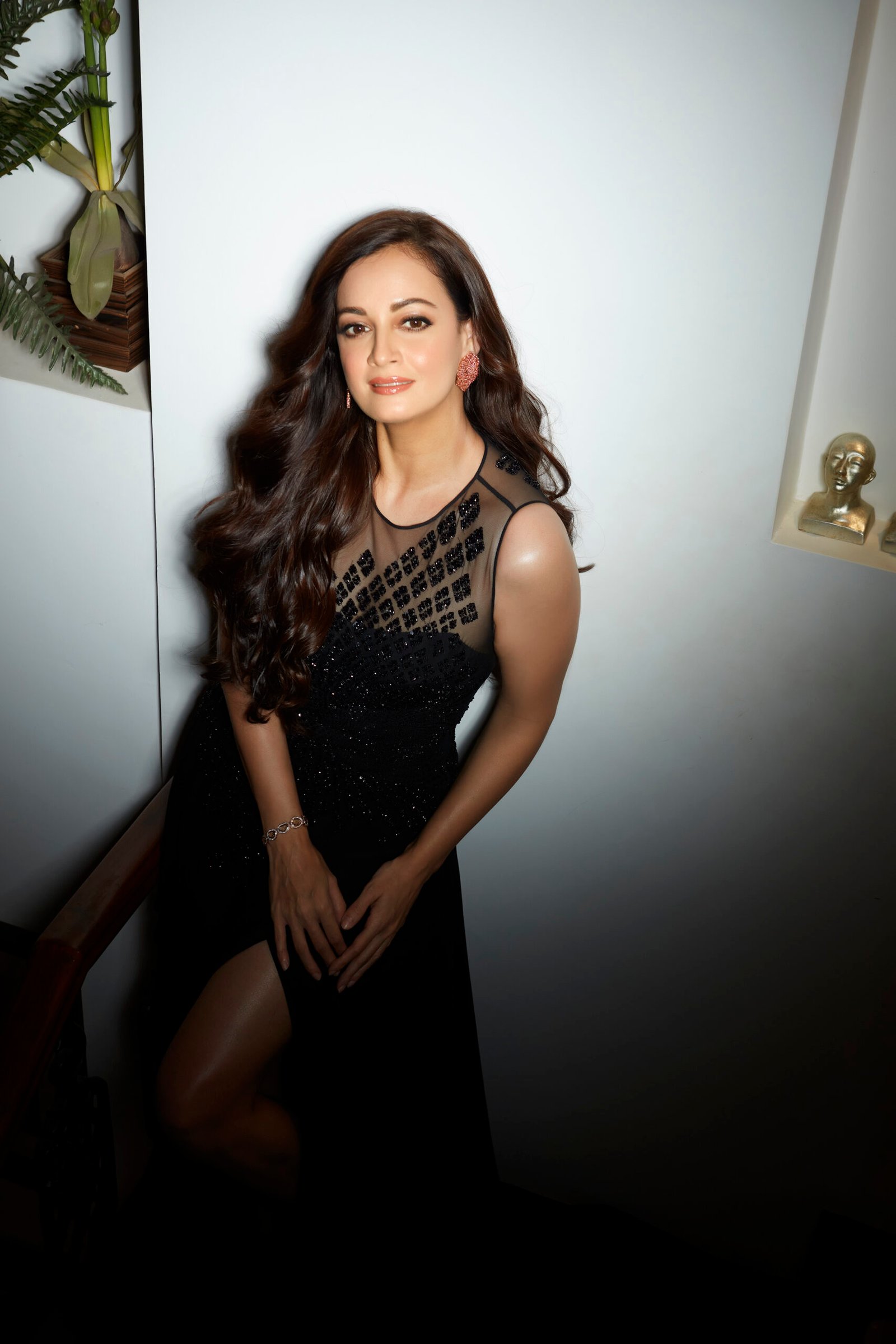
Two independent designers working together… how does it work?
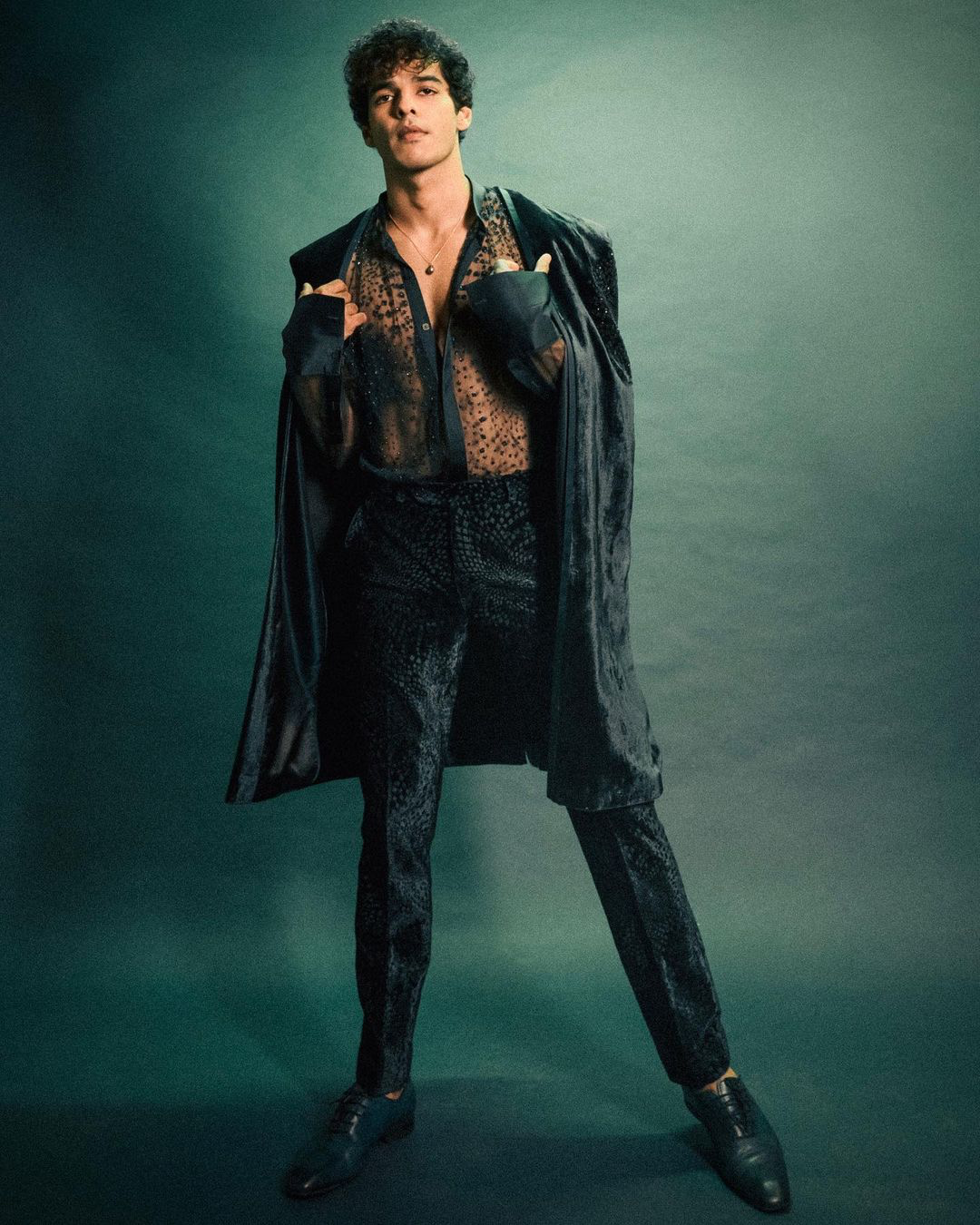
We are very different from each other but it’s scary how similar our thoughts are when it comes to design! That said, we are both each other’s best critics and bring out the best in each other. We don’t know how other designers do it single-handedly, but we can’t even imagine doing something solo. So yes, lots of fights, lots of quarrels but, in the end, good results.
How did your journey in design together start?

We were friends in NIFT. We were travelling to London where we saw that everybody was concentrating on a single clothing item, like we saw a shop which was only doing socks, another that was only doing ties. So, we came back to India and said let’s open something for menswear. There was nothing called ready-to-wear at that time. We wanted to make something which was simpler and affordable but still a designer brand, which we accomplished with H2O, a brand for only shirts. After that, came Cue which was a formal workwear brand for women, offering jackets and trousers. Cue was an instant hit! I remember we showcased at Ogaan and that is how our label started.

So, would you say you both pioneered the ready-to-wear trend in India?

Yes, we are the pioneers of ready-towear. I think we were the first to start ready-to-wear brands H2O and Cue with brand names and not designer names; our brand Rohit Gandhi + Rahul Khanna came much later. Our brand H2O is still alive and kicking; it’s our baby.
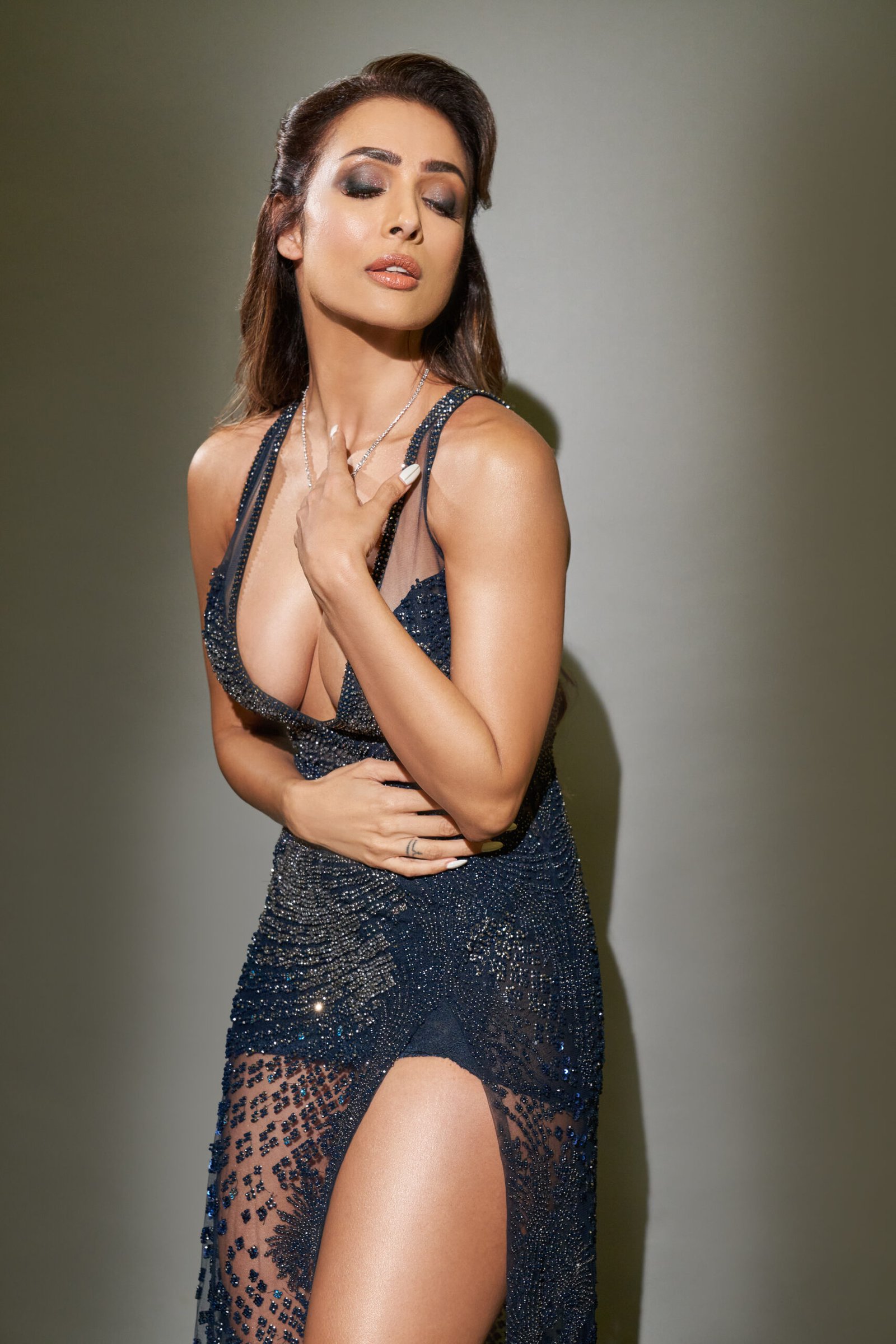
Over the years, what are some of the important standout moments as designers?

Well, we have won numerous fashion awards in India and abroad, and have forayed into the international market for 10 years. In 2005, our designs were picked up by Tranoi, a Paris-based agency, and we have been showcasing our collections at the International Fair in New York and Paris for the past 15 years. We have sold at around 80-odd stores worldwide from Selfridges to Harvey Nichols and Bloomingdale’s, we still have a permanent section at the latter two.

There have been many, many ups and downs. We have travelled a lot, and selling and seeing our brand with other internationally established brands has been the biggest high for us.
That apart, we have opened eight standalone Rohit + Rahul stores; we are reopening our fourth store that had closed down during the lockdown. We have showcased in Paris, we were invited to show at the Amsterdam Fashion Week. Dressing up celebrities is another high; we have dressed many national and international celebrities.
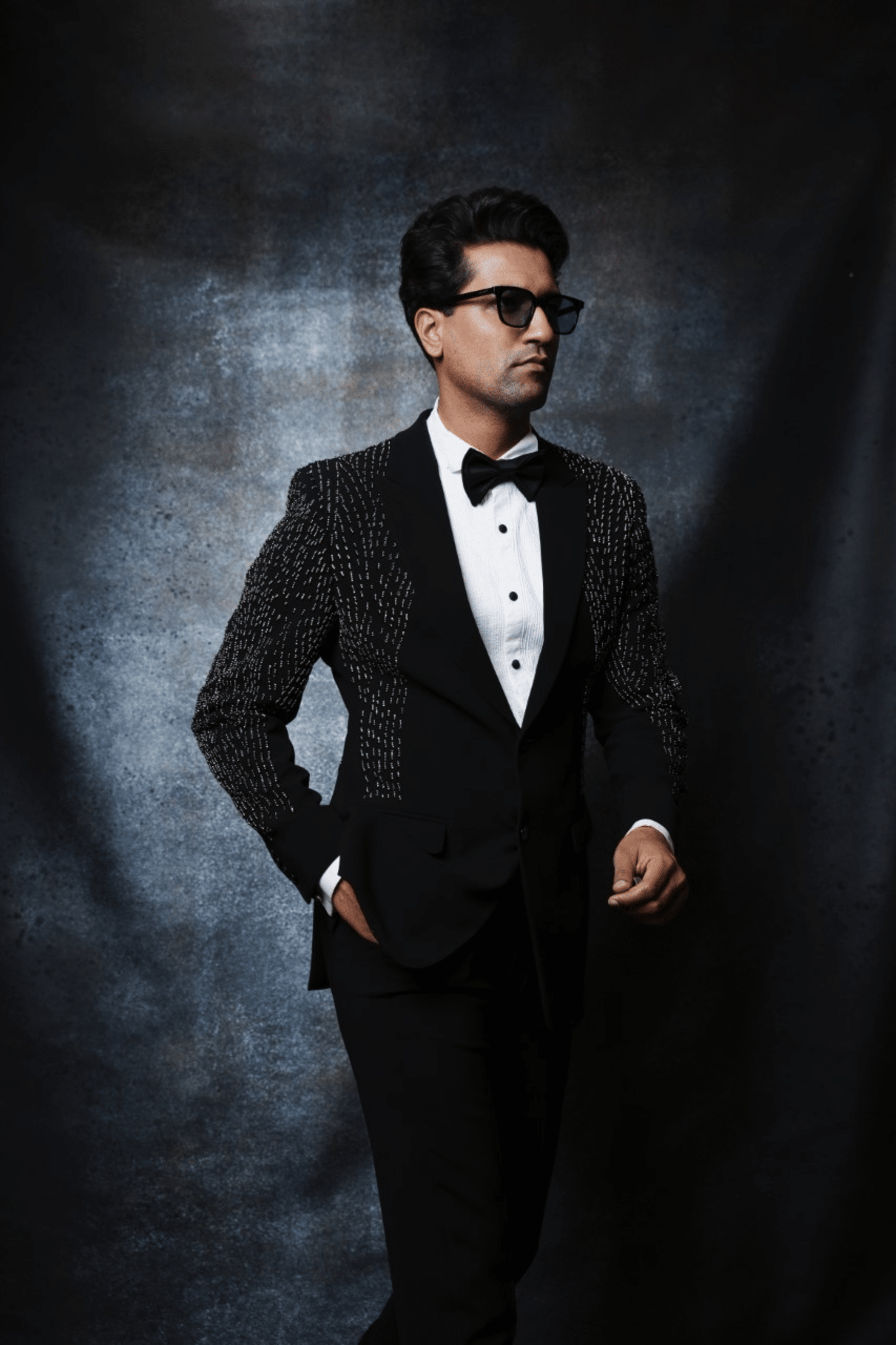
What would be some of the hallmarks of the Rohit + Rahul label?
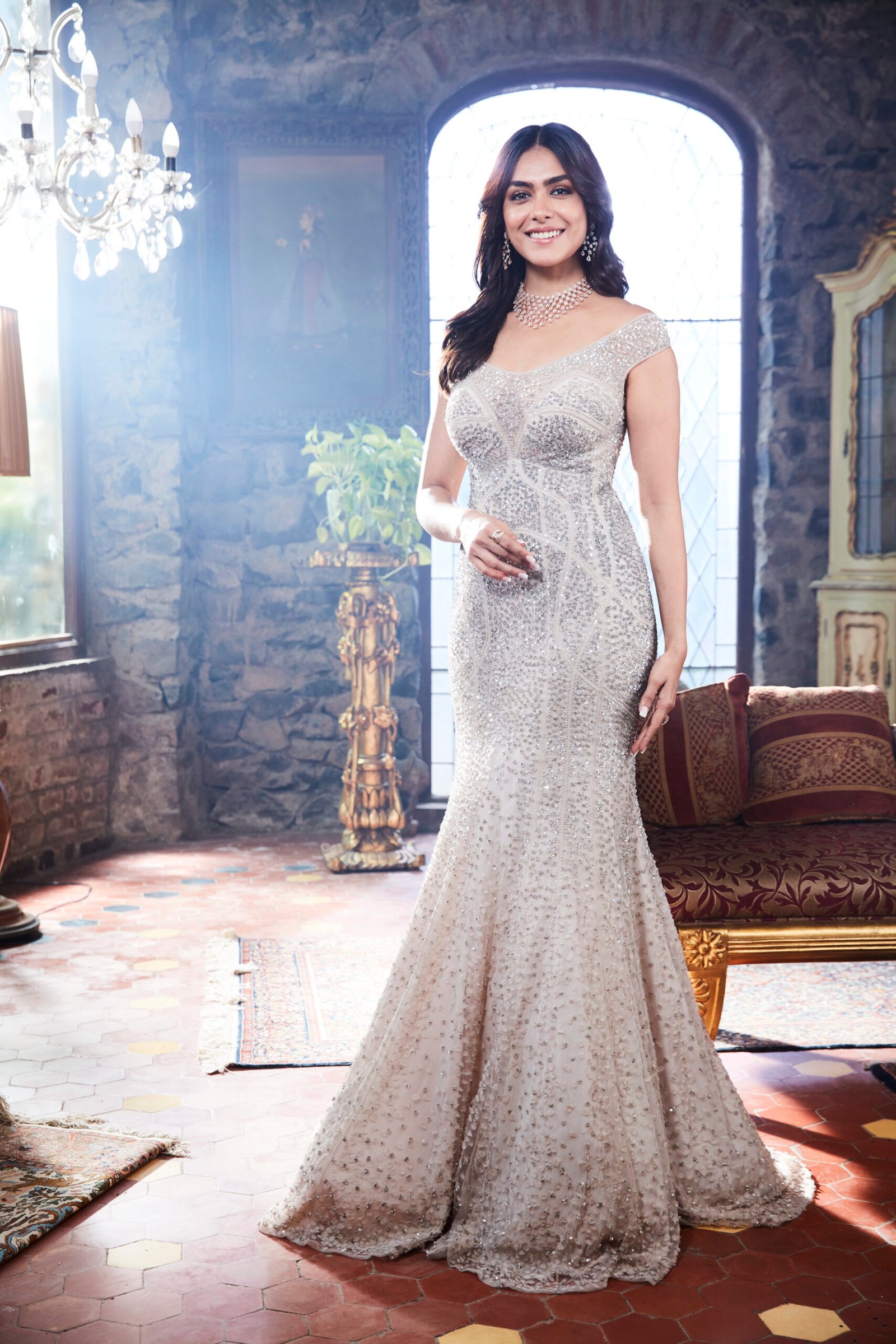
Our hallmark would be the use of metallic amalgamated with modern edgy elements, and the use of surface techniques or embroideries which have been reinvented from our old traditions of Indian heritage. We have iterated them in a more modern and contemporary manner. And our silhouette – I think our USP has been construction tailoring which also now exists in our Indian couture. Our Indian lehengas and blouses are all infused with bustiers and corsets which give a different look. We are blending together tailoring, craftsmanship and surface ornamentation.

You had started with pret but are now perhaps better known for couture. What prompted the shift and what makes it so exciting?
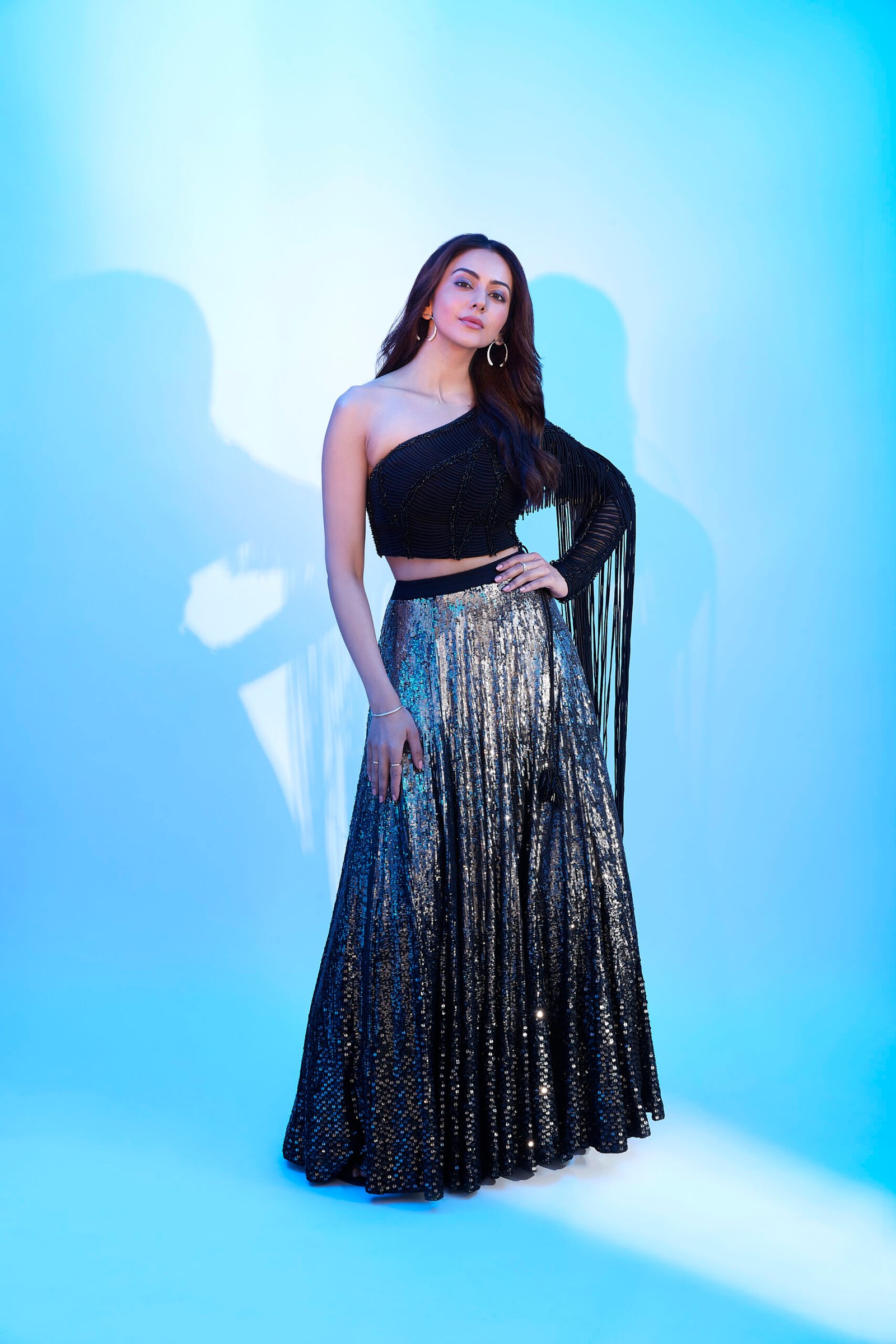
Our first love is always going to be ready-to-wear because we love to sell to more and more people and make things affordable. But couture is something we enjoy. The start of couture was a happy accident – it came about because of the lockdown. We had about 200 karigars who were sitting idle and we wanted to give them work and help them earn. So we gave them heavy embroideries and surface ornamentation to start work on at home. They would come to Delhi for a couple of days, collect the material and return to their villages to work on it. It flourished and we launched two exciting collections!

What would you say is your vision for the future of your brand?

The future of our brand is collaboration; we have collaborations with different brands. We have just signed up with a shoe brand for a new line. We are going to Paris with our ready-to-wear collection in October. We are getting into accessories, which is very exciting. We have also tied up with a luxury upholstery brand, which will be coming out towards the end of the year.
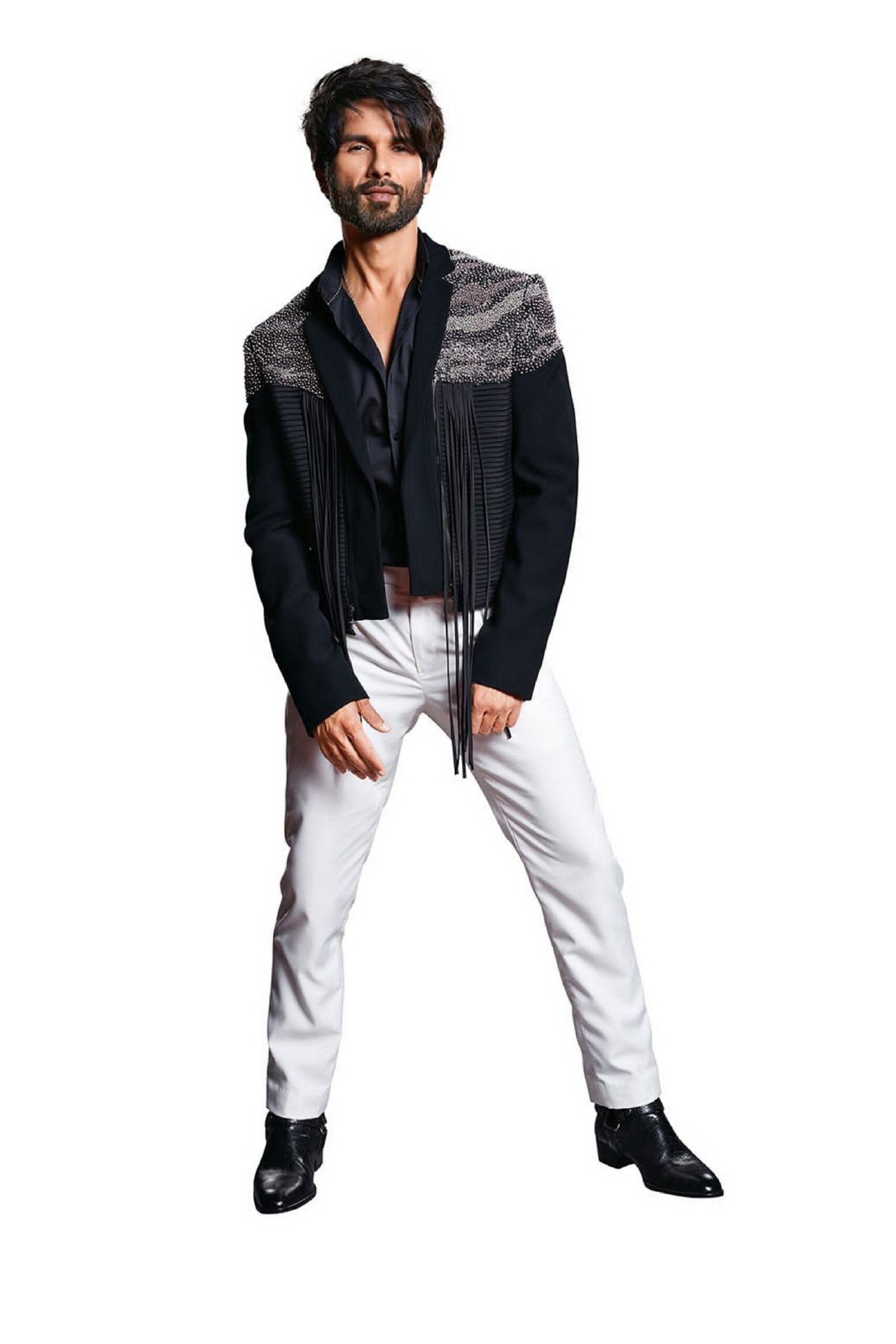
On the brink of the wedding season, what’s your prediction for upcoming trends?
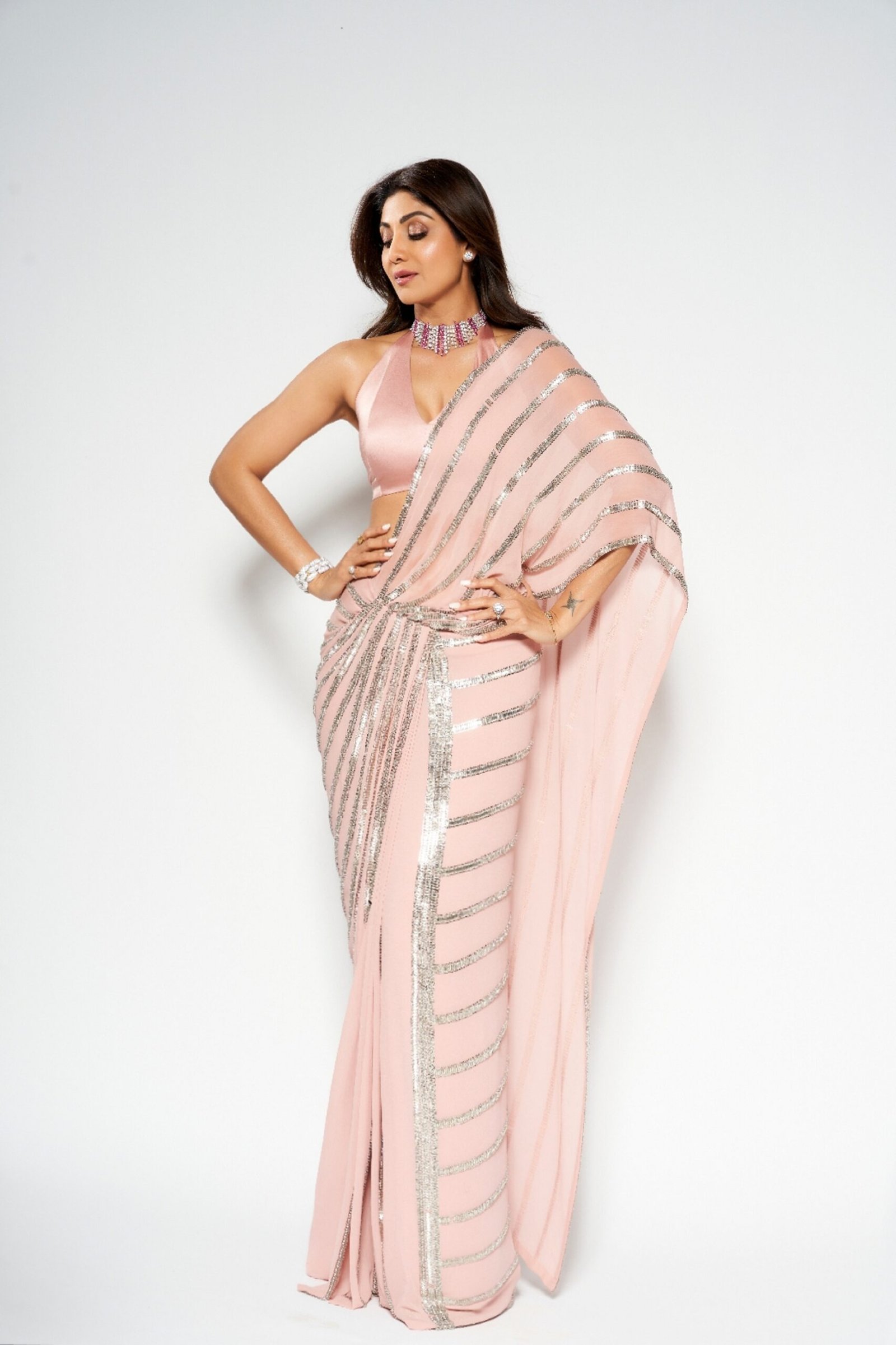
The main trend is the shift away from big, heavy lehengas and the preference for the ‘mermaid’ style, high slits, something sexier and wearable. Brides want to try a new silhouette. There is a move from traditional dupattas which are making way for capes, jackets, and shrugs. Even menswear is moving towards more embellished looks; here too there is experimentation.
